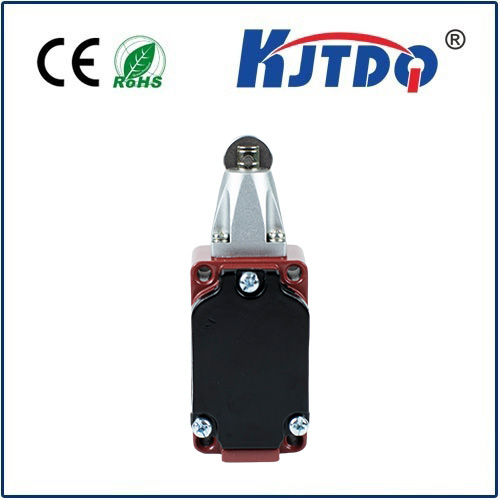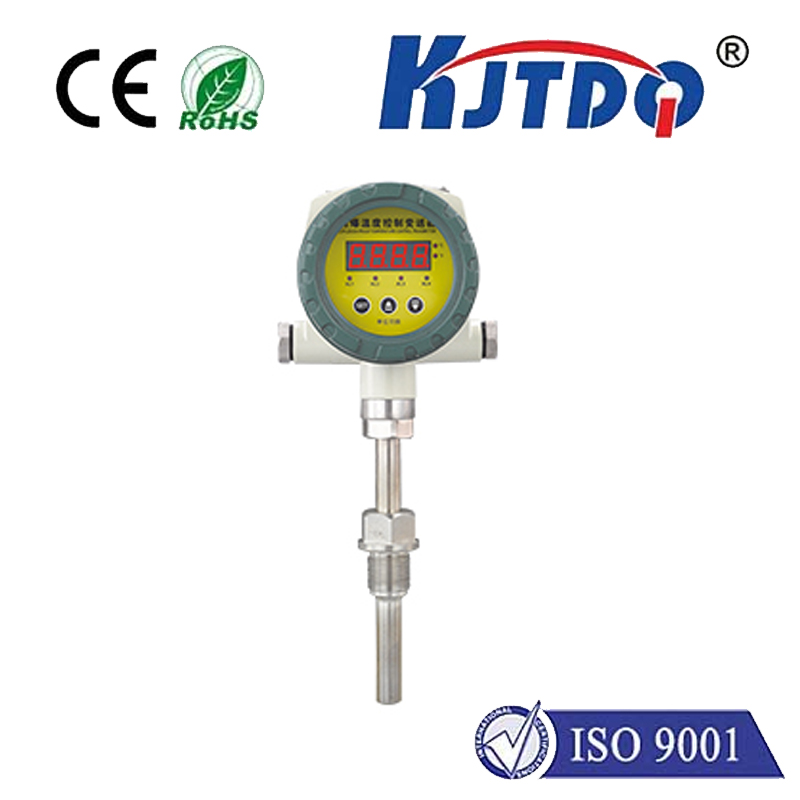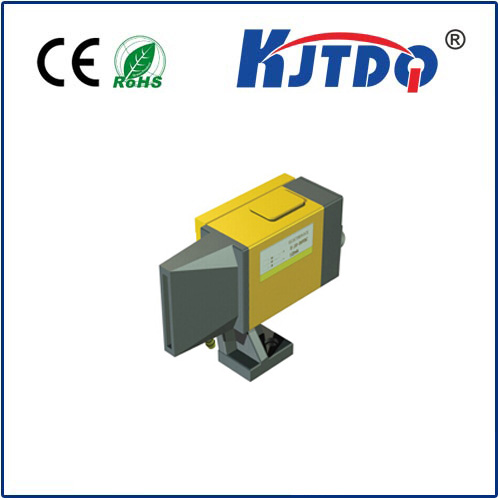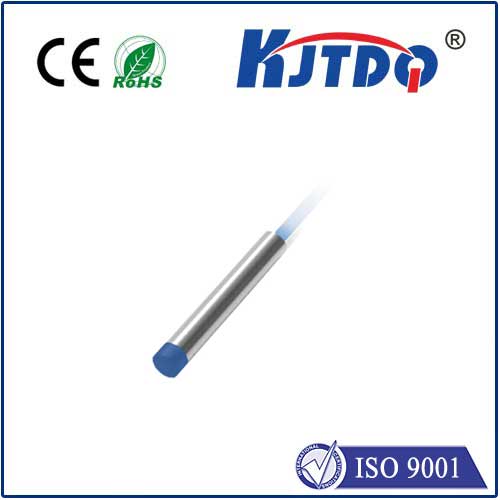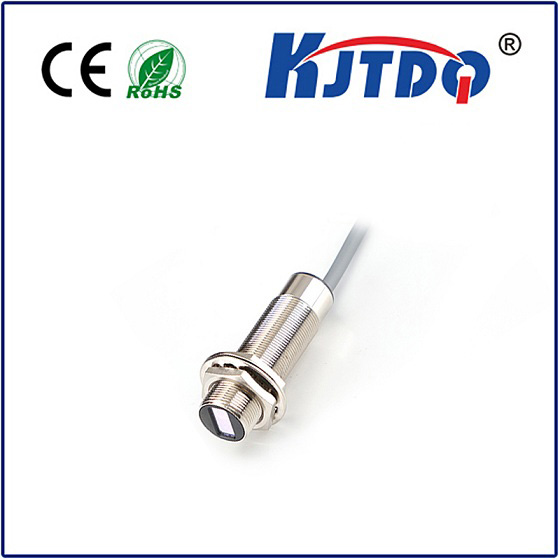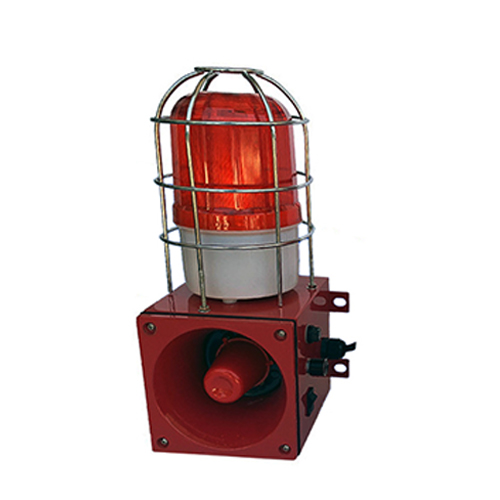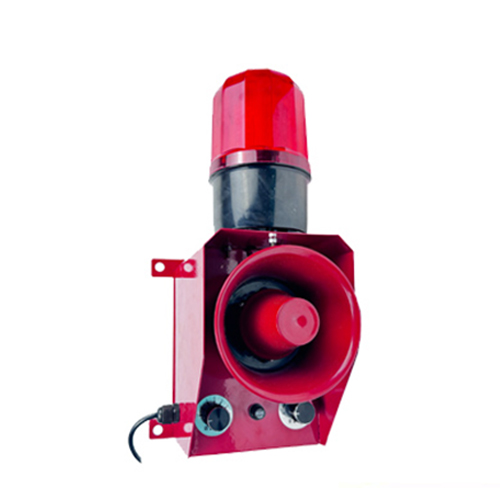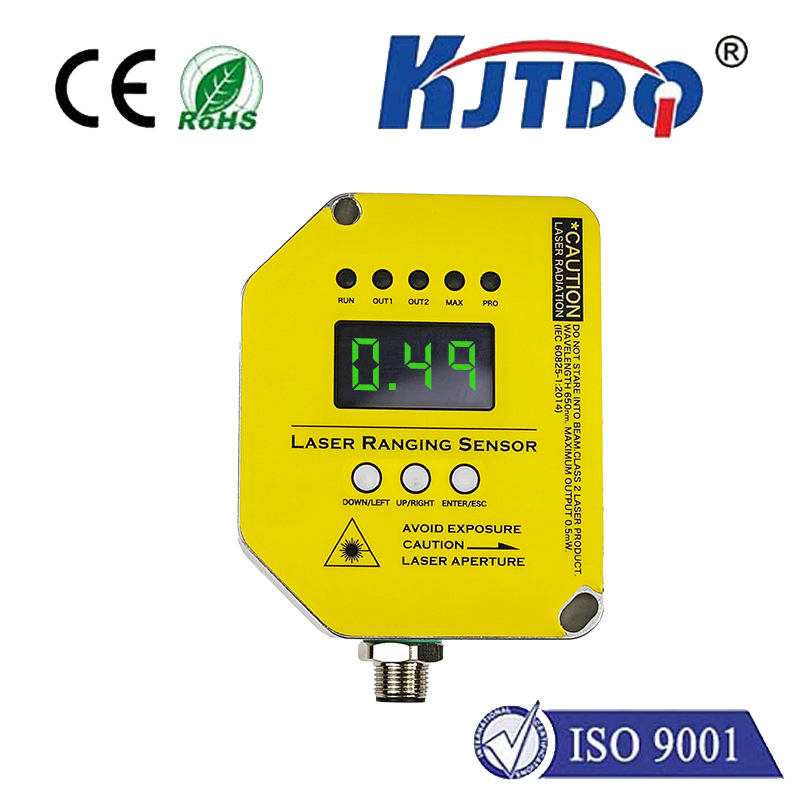long range proximity sensor
- time:2025-09-08 09:23:20
- Нажмите:0
Long Range Proximity Sensors: The Eyes of Distant Detection
Imagine guiding massive autonomous mining trucks safely through dusty, unpredictable terrain. Or precisely docking maritime vessels in crowded, wave-tossed harbors. Or securing vast, remote perimeters against intrusion. These critical tasks demand awareness far beyond human senses – the ability to detect objects accurately from significant distances, often in challenging environments. This is the essential role of long-range proximity sensors, powerful non-contact detection tools bridging the gap where shorter-range solutions fall short.
While traditional proximity sensors excel at close-quarters detection – millimeters to a few meters – numerous applications necessitate reliable sensing capabilities stretching from 10 meters up to several hundred meters, even kilometers in specific scenarios. These specialized sensors become the crucial “eyes” for systems operating over large areas or requiring early warning far ahead.
Understanding the Core Technologies

Long-range proximity sensing isn’t achieved through a single magic bullet. Instead, several distinct technologies are employed, each with unique strengths, limitations, and ideal applications:
- LiDAR (Light Detection and Ranging): Emitting rapid pulses of laser light and measuring the time for reflected signals to return, LiDAR creates highly accurate 3D point clouds of the environment. Modern solid-state LiDAR units, crucial for autonomous vehicles and robotics, offer long-range detection (easily 100m+ for automotive-grade, much farther for surveying) with excellent spatial resolution. Their precision makes them invaluable for mapping, obstacle avoidance at high speeds, and precise distance measurement. However, performance can degrade significantly in heavy fog, rain, or snow.
- Radar (Radio Detection and Ranging): Using radio waves instead of light, radar sensors excel in adverse weather conditions where LiDAR struggles. They are highly effective for long-range object detection, speed measurement, and presence sensing. Applications include traffic monitoring, large vehicle blind-spot detection, aviation, and perimeter security for vast areas. While generally less precise in spatial resolution than LiDAR (especially for smaller objects), radar is robust and unaffected by lighting conditions. Frequency selection (e.g., 24 GHz, 77 GHz) plays a key role in determining range and resolution.
- Ultrasonic Sensors (Long-Range Variants): While commonly used for short to mid-range detection (up to ~10m), specialized high-power ultrasonic transducers can achieve significantly longer ranges (tens of meters). They work well for level sensing in large tanks, presence detection in manufacturing halls, and certain types of collision avoidance for large machinery. Their performance can be affected by ambient noise, temperature gradients, and highly absorbent target materials.
- Laser Distance Sensors (Time-of-Flight / Phase-Shift): Focused specifically on high-precision distance measurement to a single point, often using infrared laser diodes. These sensors are not typically used for general “presence” detection over a wide area but excel at pinpointing the exact distance to a specific target reliably over long distances (ranges from meters to kilometers). They are common in industrial automation, crane positioning, and surveying.
Where Long-Range Detection Makes the Critical Difference
The ability to sense objects reliably far away unlocks capabilities across diverse sectors:
- Autonomous Vehicles & Advanced Driver Assistance Systems (ADAS): This is a primary driver for long-range sensor development. LiDAR and radar are fundamental for high-speed highway driving, enabling features like adaptive cruise control (ACC), automatic emergency braking (AEB), and lane change assistance by detecting vehicles and obstacles hundreds of meters ahead.
- Robotics & AGVs (Automated Guided Vehicles): Large logistics robots, automated forklifts operating in expansive warehouses, and outdoor mobile robots rely on long-range proximity sensors for safe navigation, path planning around distant obstacles, and efficient operation in dynamic environments.
- Industrial Automation & Manufacturing: Overhead crane positioning, monitoring large stockpiles in mining or agriculture, detecting the position of large vessels in shipyards, and safeguarding extensive automated production lines all utilize long-range detection for safety and process efficiency.
- Perimeter Security & Surveillance: Protecting critical infrastructure (power plants, airports, military bases), large commercial properties, and remote borders requires sensors capable of detecting human or vehicle intrusion from significant distances, often in all weather conditions. Radar is frequently the technology of choice here.
- Maritime & Aviation: Docking assistance systems, collision avoidance for large vessels, altitude measurement, and drone navigation all leverage long-range proximity sensors for safety and precision in challenging open environments.
- Сельское хозяйство: Large-scale farming machinery benefits from sensors detecting field boundaries, obstacles, or other equipment over long distances, enhancing efficiency and safety during operation.
Selecting the Right Tool: Key Considerations
Choosing the optimal long-range proximity sensor is not merely about maximum range. Several factors must be carefully evaluated:
- Required Range & Detection Field: Precisely define the minimum and maximum detection distances needed. Also, determine if you need a wide field-of-view (e.g., for general surveillance) or a narrow, focused beam (e.g., for precise distance measurement).
- Target Characteristics: What are you detecting? Size, material, reflectivity, and potential movement speed significantly impact sensor choice. A small, dark object is harder to detect at long range than a large, reflective one.
- Operating Environment: This is paramount. Consider temperature extremes, humidity, dust, fog, rain, snow, vibration, and potential sources of interference (electrical noise, other sensors). Radar excels in poor weather; LiDAR offers high precision in clear conditions but suffers in fog; ultrasonic is hindered by wind and noise.
- Accuracy & Resolution: How precise does the measurement or detection need to be? LiDAR generally offers the highest spatial resolution, while radar provides reliable presence detection over range even when precision is lower.
- Update Rate & Response Time: How quickly does the sensor need to acquire and report data? High-speed applications like autonomous driving demand very fast update rates.
- Integration & Cost: Consider the physical size, power requirements, communication protocols (e.g., CAN, Ethernet, RS-232), data processing needs, and overall system budget. Solid-state LiDAR costs have decreased significantly but remain higher than many radar units for similar applications.
The Future is Farther and Smarter
Advances in solid-state technology, signal processing (including AI-powered object recognition and clutter filtering), and sensor fusion are pushing the boundaries of what long-range proximity sensors can achieve. We see sensors becoming smaller, more robust, offering higher resolution at longer ranges, and consuming less power. Crucially, combining data from multiple sensor types (e.g., LiDAR and radar) creates systems with significantly enhanced perception, reliability, and safety, overcoming the limitations inherent in any single technology. As autonomy expands and the demand for safe, efficient operation over large areas grows, these sophisticated “eyes of distant detection” will continue to be indispensable, providing the critical foresight machines need to navigate and interact effectively with the wider world.

